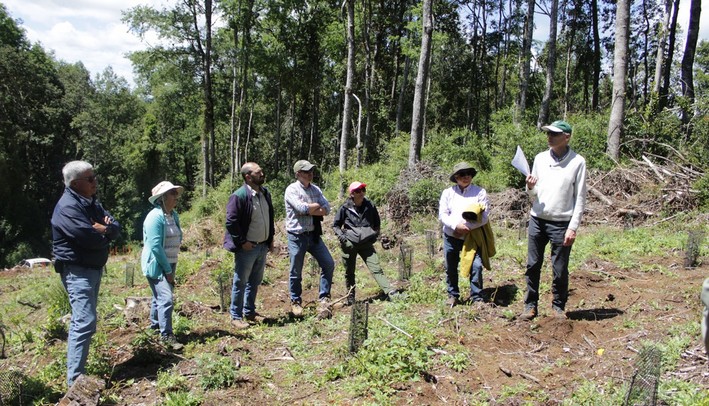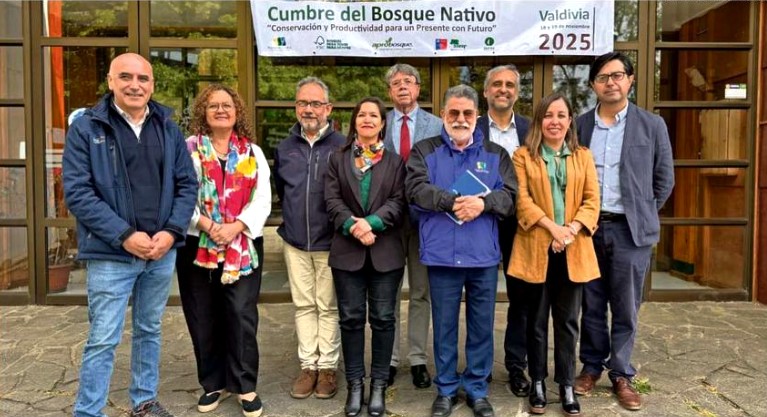Trees and Fungi: The Underground Alliance That Sustains Forests
A study from the University of Zurich found that trees forming alliances with two types of fungi can better withstand climate change and expand into new areas.
Beneath the surface of forests, far from human sight, lies a dynamic underground network formed by roots and mycorrhizal fungi. This symbiosis allows trees to exchange nutrients with fungi, enhancing their resilience against adverse conditions like poor soils or prolonged droughts. However, some species have taken this strategy even further: they associate with two different types of fungi simultaneously.
Two Fungi Are Better Than One
Researchers from the University of Zurich (UZH) and the Swiss center Agroscope discovered that some trees establish simultaneous relationships with different types of mycorrhizal fungi, improving their adaptability. They analyzed over 400 tree species and found that those with "dual alliances" were more effective at coping with water and nutrient scarcity.
The advantage is clear: having two fungal allies is like having two underground water sources. If one fails, the other acts as a backup. This dual symbiosis provides trees with a more extensive root system, allowing them to access soil areas others cannot reach.
Territorial Expansion Capability
Dubbed "bigamy" by researchers, this phenomenon not only enhances resilience but also enables trees to colonize new territories where other species cannot survive. The root expansion facilitated by dual fungal associations gives them a clear competitive edge.
Their evolutionary lineage doesn’t matter. What’s relevant is adaptability: trees capable of associating with multiple types of fungi are more resilient, more aggressive colonizers, and more effective in changing ecosystems.
Resilience Against Climate Change
As climate change transforms lush forests into arid, eroded regions, these trees with dual alliances emerge as key candidates for reforestation programs. According to researchers, this trait could guide the selection of tree species for sustainable projects, especially in regions threatened by desertification.
With more efficient use of water and nutrients, these trees not only survive but thrive under climatic stress.
Impact on Ecosystems
The benefit is not individual. Trees with dual mycorrhizal alliances also improve soils, prevent erosion, and foster biodiversity. They become ecosystem engineers, capable of turning degraded landscapes into life-rich environments.
These associations strengthen the entire ecosystem, not just the tree. From insects to microorganisms, many species indirectly depend on these underground connections.
Source:Ecoinventos

















